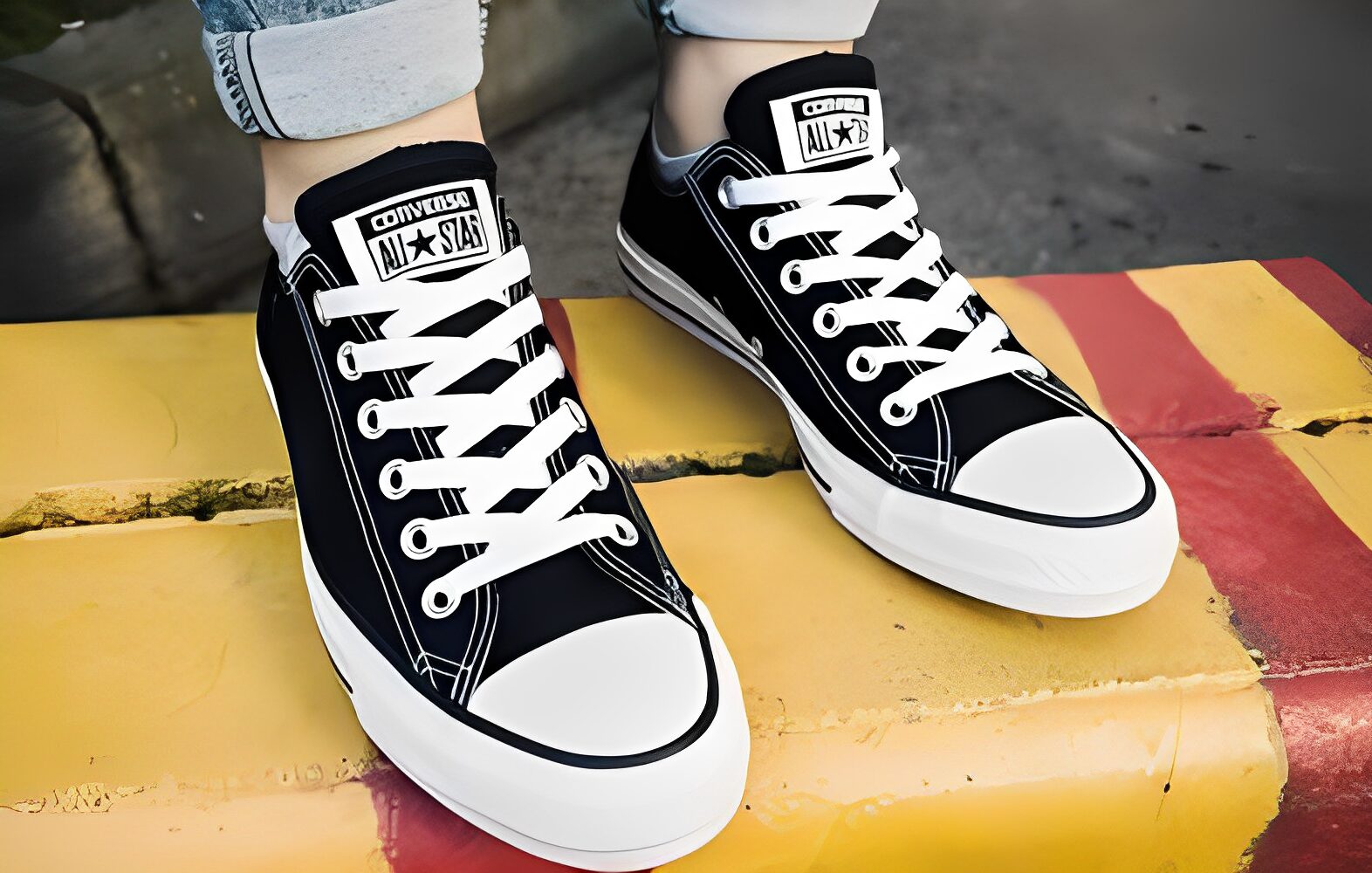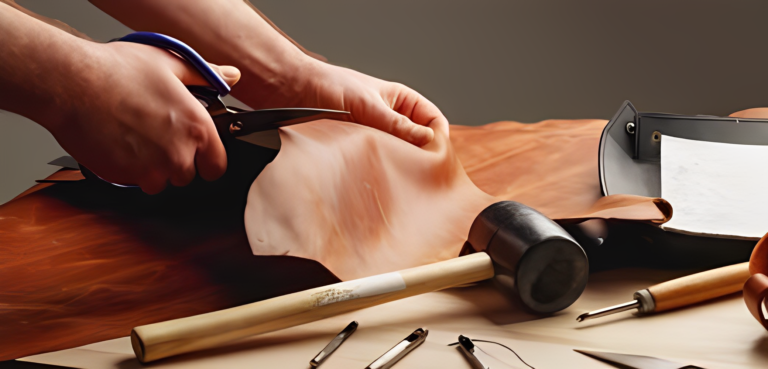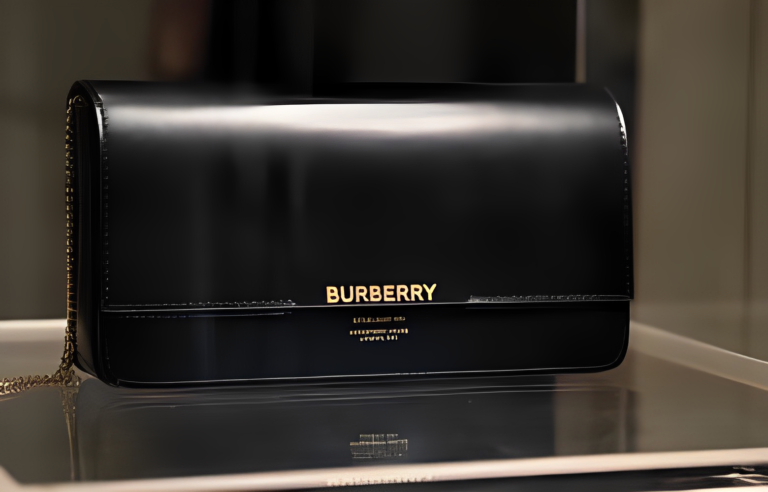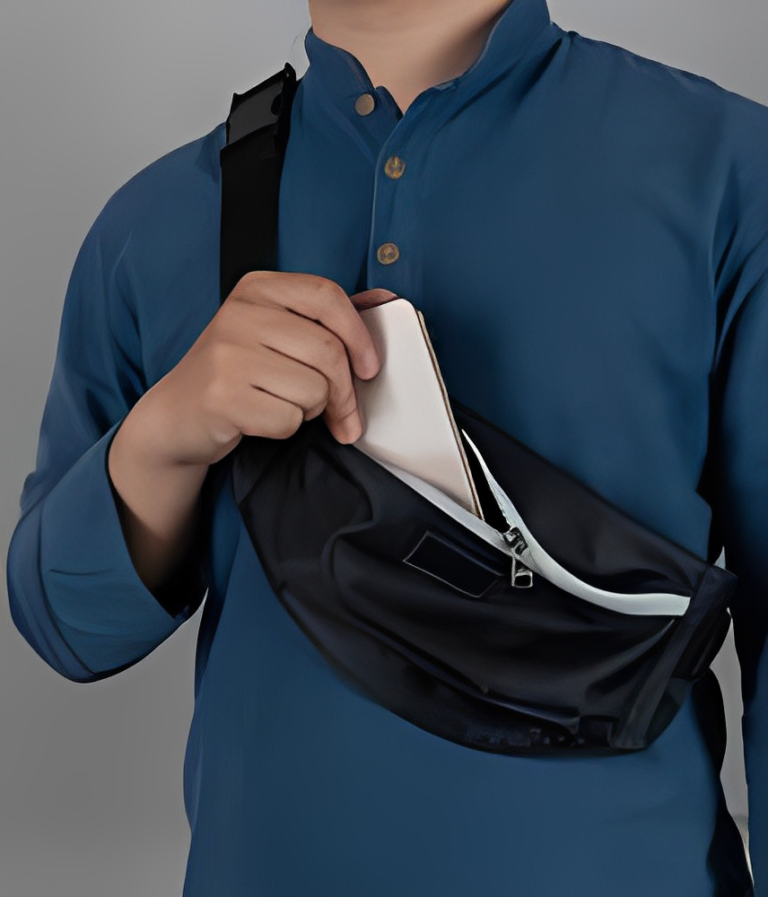Are Converse Non Slip?
When it comes to choosing the right footwear, slip resistance is a crucial factor to consider, especially in situations where you may encounter wet or slippery surfaces. Converse, with their iconic design and popularity, are often a top choice for many people. But are Converse non slip shoes? In this comprehensive guide, we will explore the slip resistance of Converse shoes and provide you with all the information you need to make an informed decision.
Understanding Slip Resistance
Before we delve into the slip resistance of Converse shoes, let’s first understand what slip resistance means. Slip resistance refers to the ability of a shoe to provide traction and grip on surfaces, reducing the risk of slipping and falling. Slip-resistant shoes typically have features such as specialized outsole patterns, materials, and tread designs that enhance their grip on various surfaces.
The Features that Make Converse Non Slip
Converse shoes are well-known for their unique design and style, but do they offer slip resistance? The answer is yes, Converse shoes are indeed non slip. They incorporate specific features that contribute to their slip-resistant properties:
1. Gum Rubber Soles
One of the key factors that make Converse shoes non slip is the use of gum rubber soles. These soles are made from a high-quality rubber material that offers excellent traction and grip on various surfaces. The gum rubber sole is specifically designed to increase traction, providing a secure footing even on slippery surfaces.
The gum rubber sole used in Converse shoes is flexible and softer than traditional working or formal shoe soles. However, it is still harder than athletic sneakers, striking a balance between comfort and slip resistance. This intermediate quality of the outsole makes Converse shoes more slip-resistant and provides extra grip.
Additionally, gum rubber soles have superior abrasion resistance, ensuring they can withstand regular wear and tear without compromising their slip-resistant properties. The durability of these soles makes Converse shoes a reliable choice for long-term slip resistance.
2. Diamond Patterned Tread
Another feature that sets Converse shoes apart in terms of slip resistance is their diamond patterned tread. This unique tread design is iconic to Converse and contributes significantly to the shoes’ overall grip on surfaces.
The diamond patterned tread is strategically placed on the outsole, with a focus on the areas of the feet that experience the most pressure when walking or running. The pattern provides increased surface contact, enhancing traction and stability. The diamond-shaped grooves help channel away water or other debris, further reducing the risk of slipping.
This tried and tested tread design has been refined by Converse over the years, ensuring optimal slip resistance. When combined with the slip-resistant gum rubber sole, the diamond patterned tread makes Converse shoes an ideal choice for those seeking reliable slip resistance.
Read More: Are Crocs Closed Toe Shoes
Factors to Consider
While Converse shoes offer slip resistance, it’s essential to consider certain factors that may affect their performance in different situations. Here are some key points to keep in mind:
1. Surface Conditions
The slip resistance of any shoe, including Converse, can be influenced by the condition of the surface you are walking on. While Converse shoes excel on most surfaces, they may not perform as effectively on extremely wet or icy surfaces. It is always important to exercise caution and adapt your walking style to the conditions.
2. Wear and Tear
Regular use and wear can impact the slip resistance of any shoe, including Converse. Over time, the tread on the outsole may wear down, reducing its effectiveness in providing grip. If you notice that the tread on your Converse shoes has significantly worn down, it may be time to consider replacing them to maintain optimal slip resistance.
3. Proper Fit
A proper fit is crucial for maximizing slip resistance. Ill-fitting shoes can affect your balance and stability, increasing the risk of slipping. When purchasing Converse shoes, ensure you select the appropriate size and consider factors such as arch support and overall comfort to ensure a secure and slip-resistant fit.
4. Maintenance and Care
Proper maintenance and care can help preserve the slip-resistant properties of your Converse shoes. Regularly clean the outsoles to remove any dirt or debris that may impact traction. Additionally, it’s important to follow any specific cleaning instructions provided by Converse to ensure the longevity of the shoes’ slip resistance.
Read More: Are Converse Vegan?
Alternatives to Consider
While Converse shoes offer slip resistance, there may be situations where you require footwear with more specialized slip-resistant features. Here are some alternatives to consider:
1. Work-Specific Slip-Resistant Shoes
If you work in an environment that poses higher slip risks, such as a restaurant or healthcare facility, investing in work-specific slip-resistant shoes may be beneficial. These shoes are designed with additional features, such as enhanced tread patterns and specialized materials, to provide optimal slip resistance in demanding work environments.
2. Outdoor Hiking or Trail Shoes
For outdoor enthusiasts who frequently encounter challenging terrains, investing in hiking or trail shoes with advanced slip-resistant features may be a wise choice. These shoes often incorporate aggressive tread patterns and specialized rubber compounds to provide excellent traction on various surfaces, including slippery or uneven trails.
3. Athletic Shoes with Enhanced Traction
If you engage in sports or athletic activities that involve quick movements and changes in direction, opting for athletic shoes with enhanced traction can help reduce the risk of slips and falls. Look for shoes with multidirectional tread patterns and durable rubber outsoles designed to provide optimal grip on indoor and outdoor sports surfaces.
FAQs
Are Converse shoes suitable for workplace environments with slippery floors?
Can I wear Converse shoes in wet weather conditions?
How can I enhance the slip resistance of my Converse shoes?
Are all Converse shoes equally slip-resistant?
Conclusion
Converse shoes are indeed non slip, thanks to their gum rubber soles and diamond patterned tread. These features provide excellent grip and traction on various surfaces, making Converse a reliable choice for slip resistance. However, it’s important to consider factors such as surface conditions, wear and tear, proper fit, and maintenance to ensure optimal slip resistance. In situations requiring specialized slip-resistant features, exploring alternatives may be beneficial. With proper care and attention, your Converse shoes can continue to provide reliable slip resistance and keep you stylish and safe in various environments.







